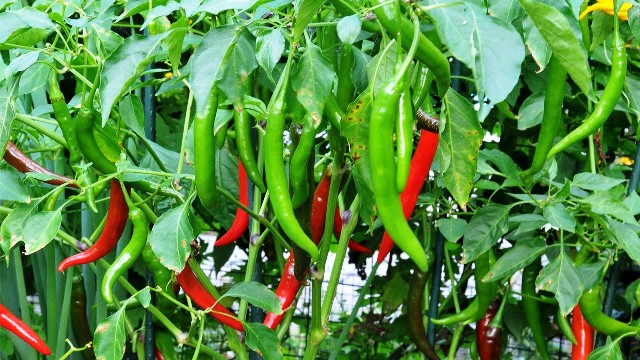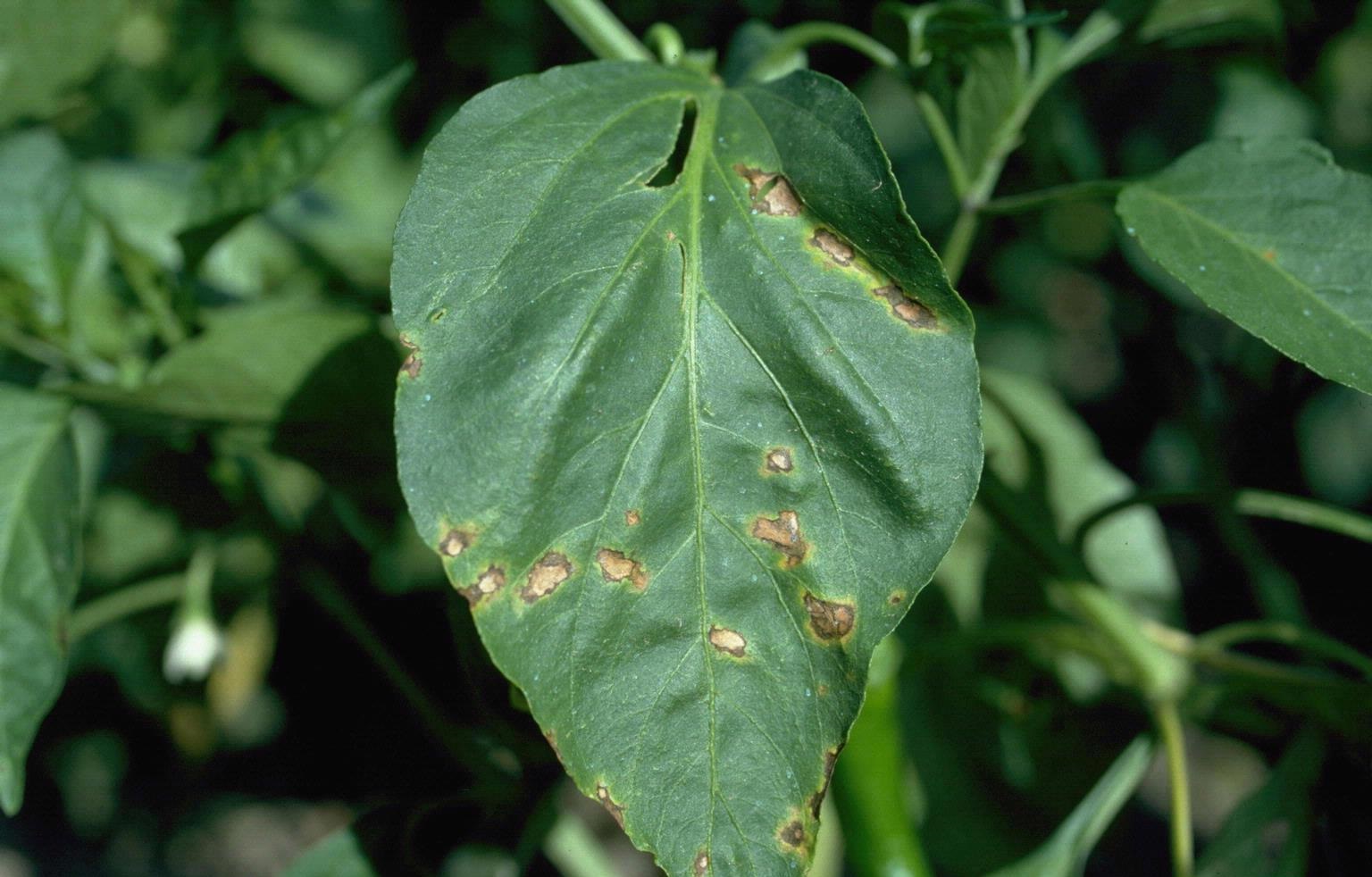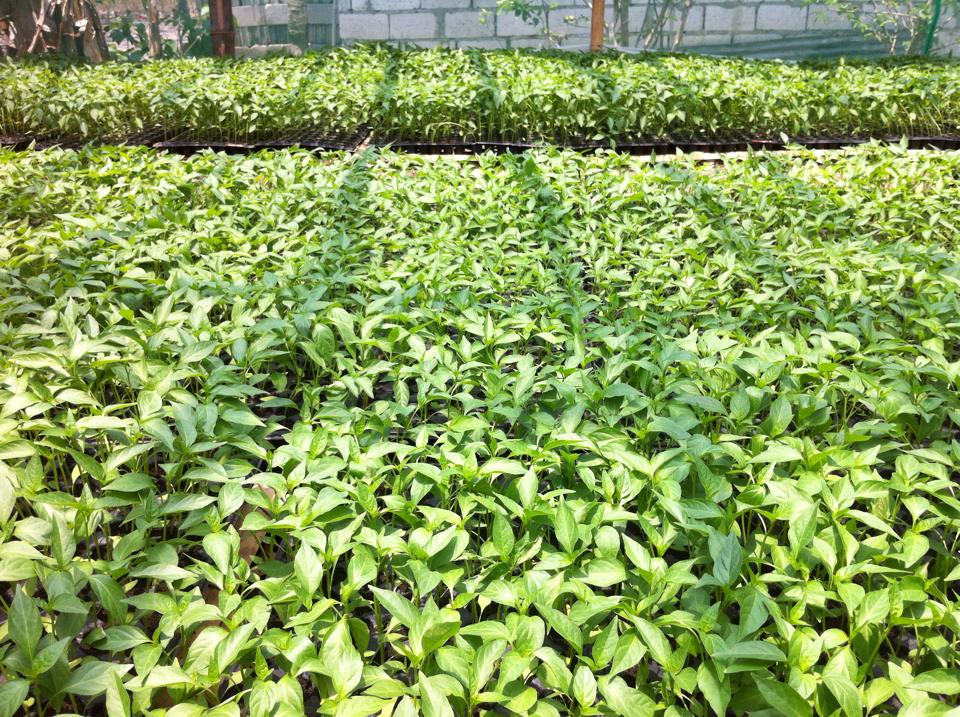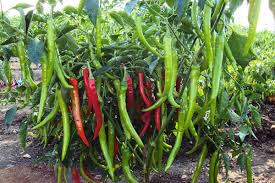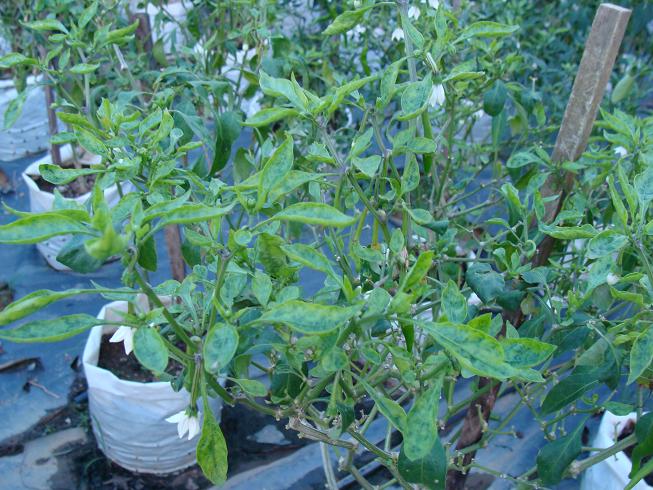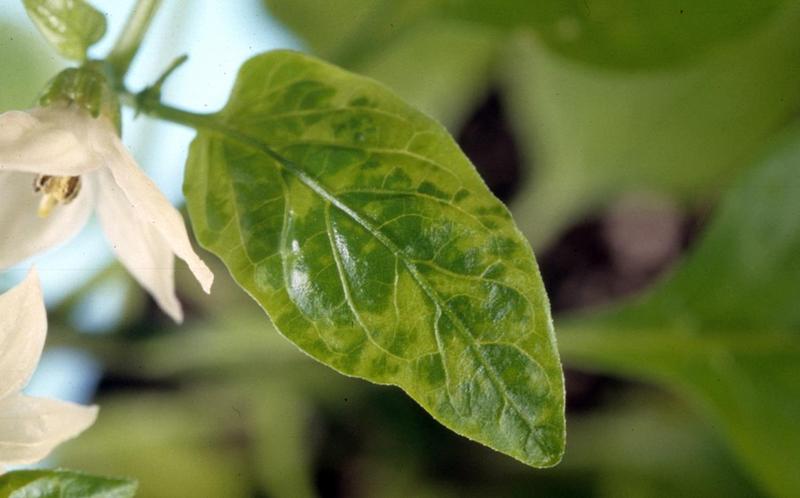- In the field, deep plowing and 3-4 plowing with harrows or native plow should be done. By doing this, the harmful insects present in the soil, their eggs, the pupa, spores of the fungi are also destroyed. After that field should be platted.
- After the final plowing, the ‘Chilli Samriddhi Kit’ published by Gramophone, which has a volume of 6.3 kg, should be mixed well with the final plowing or sowing time @ 5 tonnes per acre FYM. After that, give light irrigation.
- After 35 to 40 days of sowing the chilli plant is ready for transplanting. Transplanting of rainy chilli plants should be done from mid-June to mid-July.
- Before transplanting, light irrigation should be done in the nursery and the field, by doing this the root of the plant does not break, the growth is good and the plant gets planted easily.
- After removing the plant from the nursery, it should not be kept directly in the sun.
- For good growth of roots, make a solution in one-liter water at 5 grams of mycorrhiza per liter. After this, the roots of chili plants should be submerged in this solution for 10 minutes. After adopting this process, transplanting in the field so that chilli plants remain healthy in the field.
- The distance of chili plants should be 60 cm and 45 cm from a distance of row to row & plant to plant respectively. Light water should be given to the field immediately after transplanting.
- At the time of transplanting fertilizer basal dose 45 kg Urea, 200 kg SSP and 50 kg MOP should be broadcast in the one-acre field.
Know the symptoms of Bacterial leaf spot disease in Chilli crop
- The first symptoms appear as small yellowish-green spots on the new leaves and these leaves are deformed and twisted.
- Later on, the leaves show small circular or irregular, dark brown or black smooth spots. As these spots grow in size, the middle part becomes lighter and the outer part becomes darker.
- Finally, these spots turn into holes because the middle part of the leaves dries up and bursts.
- In severe infection, the affected leaves fall prematurely.
- Submerged spots form round, bulging, yellow edges on the fruit.
How to choose a location for planting chili nursery?
While choosing the place for planting chilli nursery, we can get good production from its crop by keeping some things in mind.
- The land should be fertile, loamy soil, weed free and have a good drainage system.
- Do not choose acidic or alkaline soil.
- Near the nursery should not have very large trees.
- The nursery has long sunlight.
- Near the nursery should have irrigation facilities.
- The chosen area should be high so that water does not stay.
- Do not build a nursery repeatedly in one place.
Knowledge of advanced varieties of chili
Hyveg Saniya:
- This variety of chilli is intermediate resistance for bacterial wilt and Chilli Mosaic Virus.
- The chillies of this variety are 13-15 cm long, 1.7 cm thick and weighs around 14 grams. They are shiny yellowish-green in colour.
- The first harvesting of this variety takes place in 50–55 days.
Mahyco Navtej (MHCP-319):
- This is powder mildew and drought-tolerant variety.
- This hybrid variety is of medium to high pungency which has long storage capacity.
Watch this video to know more about other high yielding varieties of chilli-
ShareManagement of Mosaic Virus in chilli
- Uproot the infected plants.
- Cultivate of resistant/tolerant varieties like Pusa Jwala, Pant C-1, Pusa- Sadabahar, Panjab lal etc.
- Spray Acetamiprid 20% SP at the rate of 130gram/acre at regular intervals to reduce the vectors, or
- You can also Spray Fipronil 40% + Imidachloprid 40% WG @ 40 gram/acre.
Identification of Mosaic Virus in chili –
- The main symptom of this disease is the appearance of dark green and yellow spots on the leaves.
- Another symptom includes the appearance of Light pits and blisters
- Yellowing and distortion of younger leaves, followed by conspicuous mosaic.
- Severe mottling with light and dark green patches get Scattered all over the leaf surface.
- Slight curling, marginal rolling and shortening of leaves are other common symptoms of mosaic virus.
- This disease spreads through whitefly.

